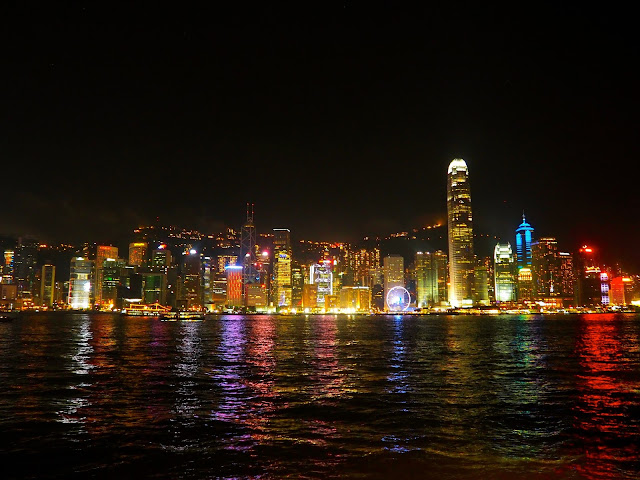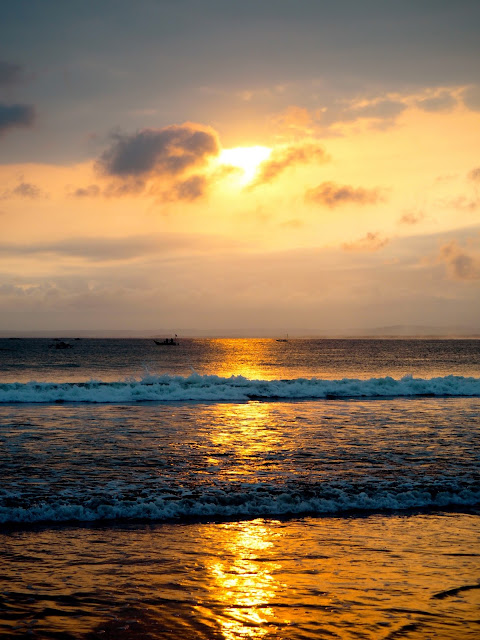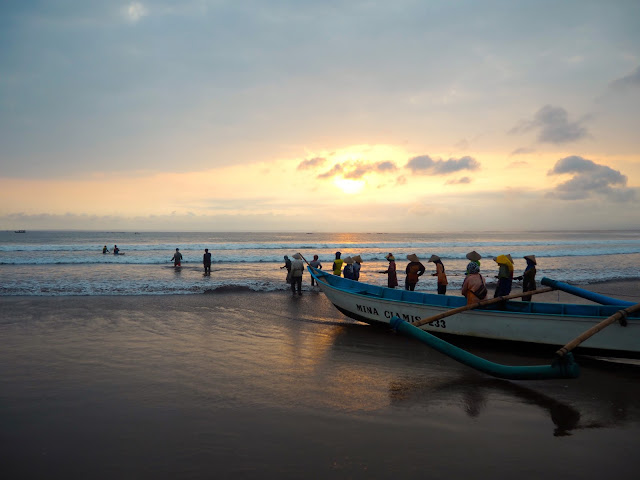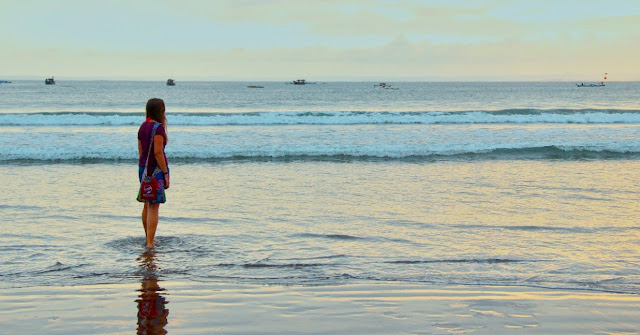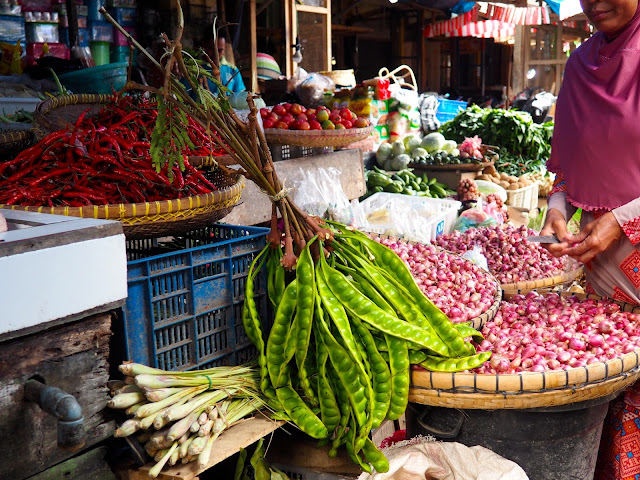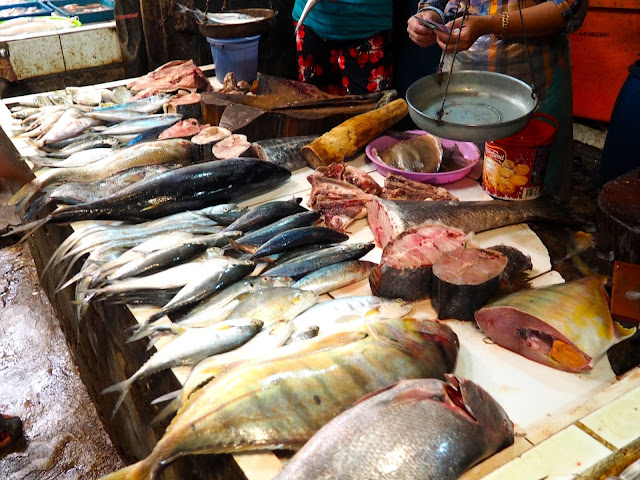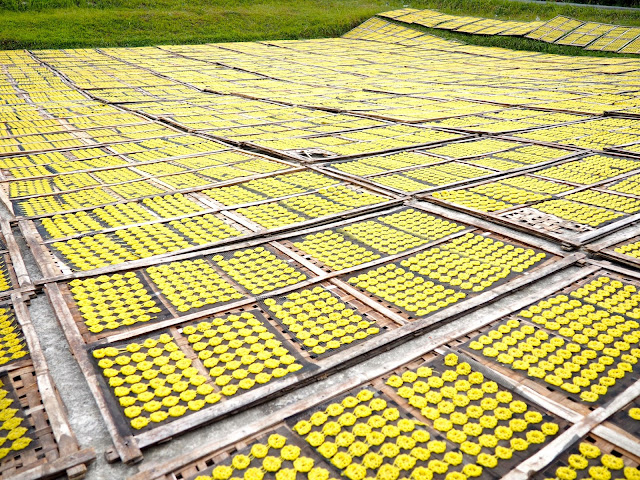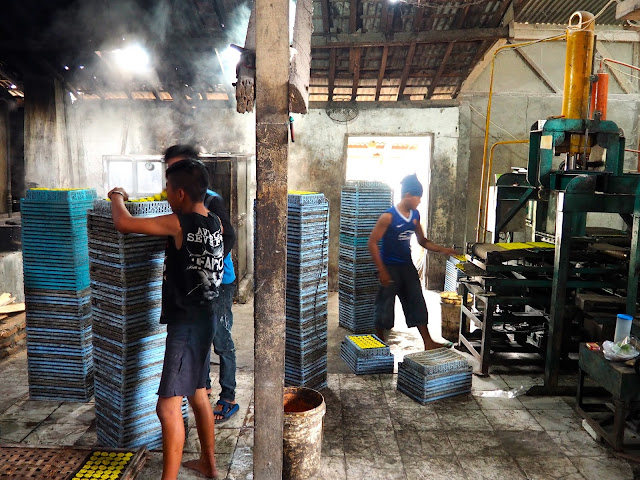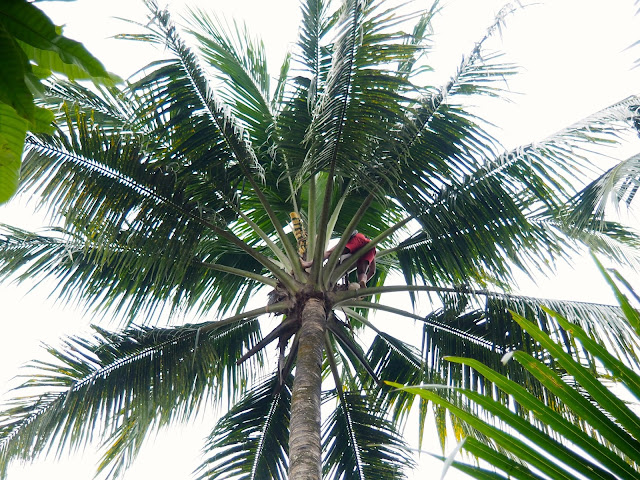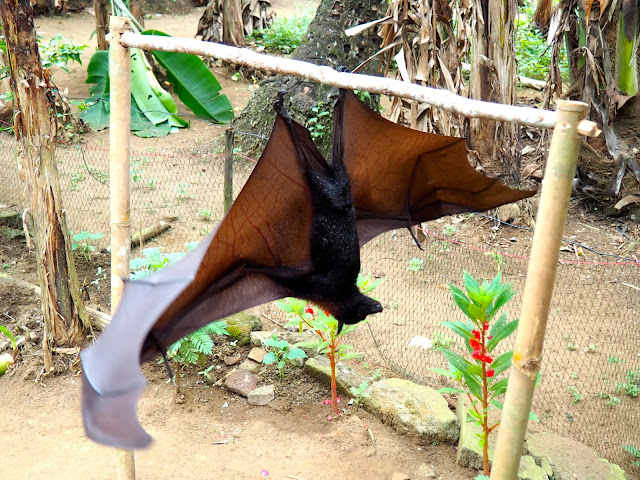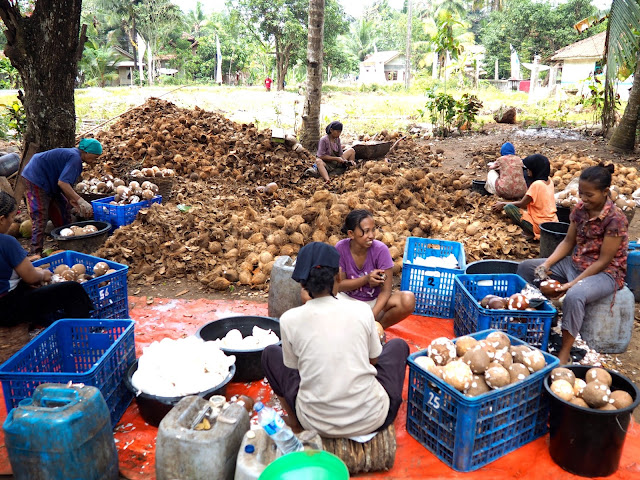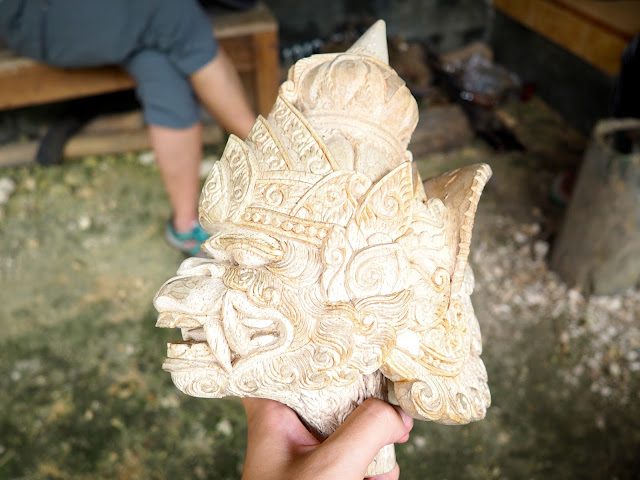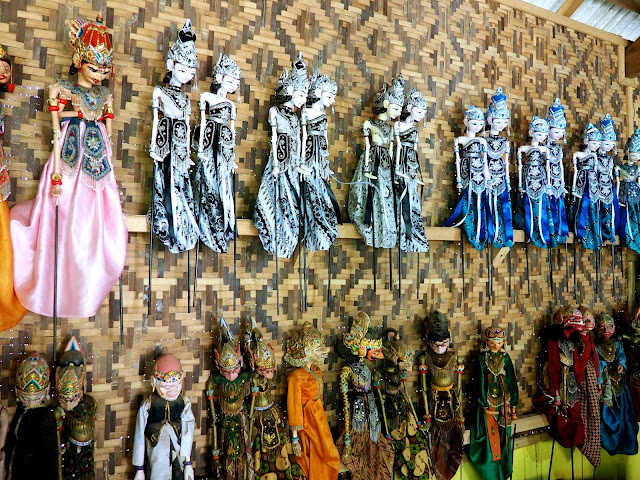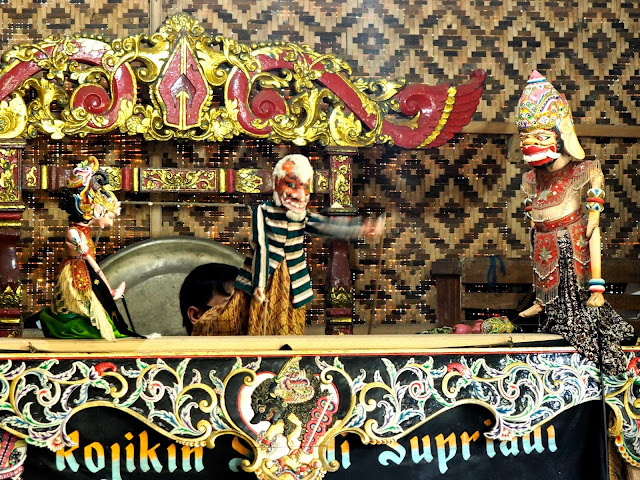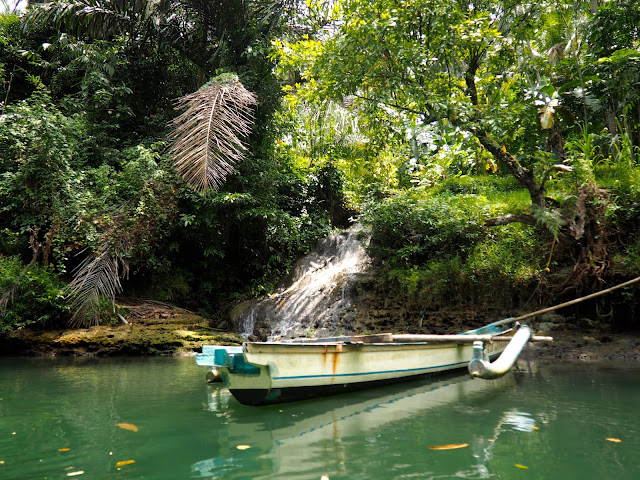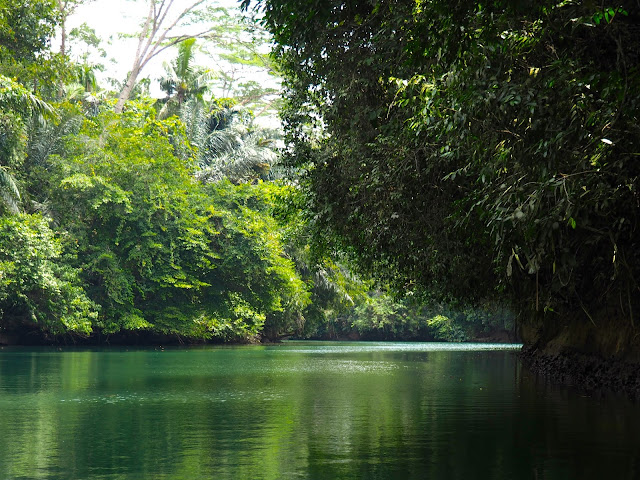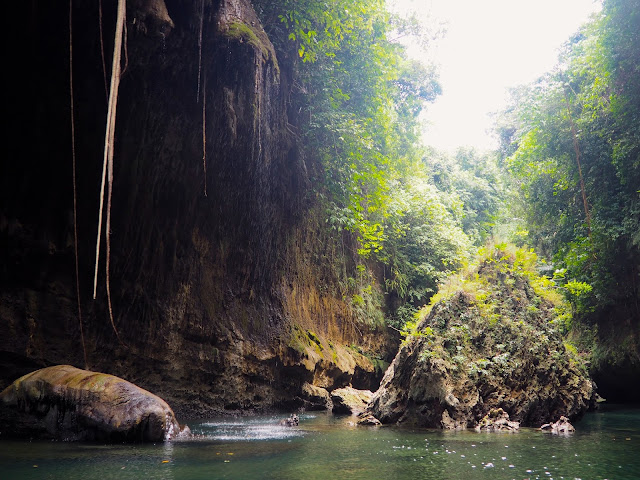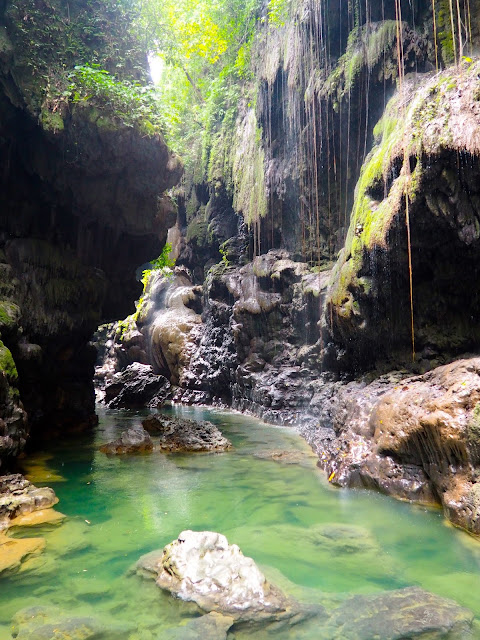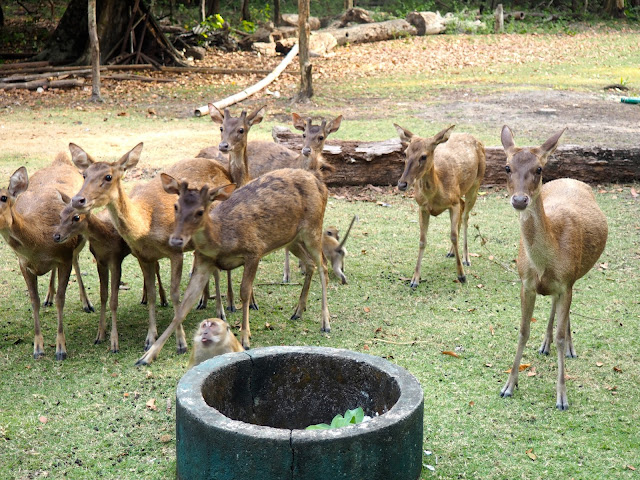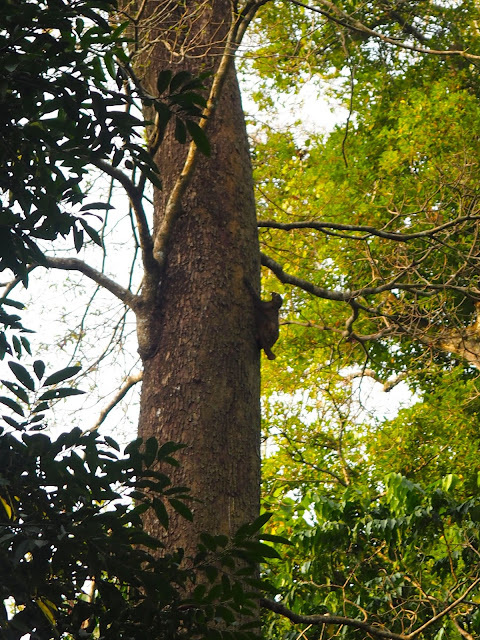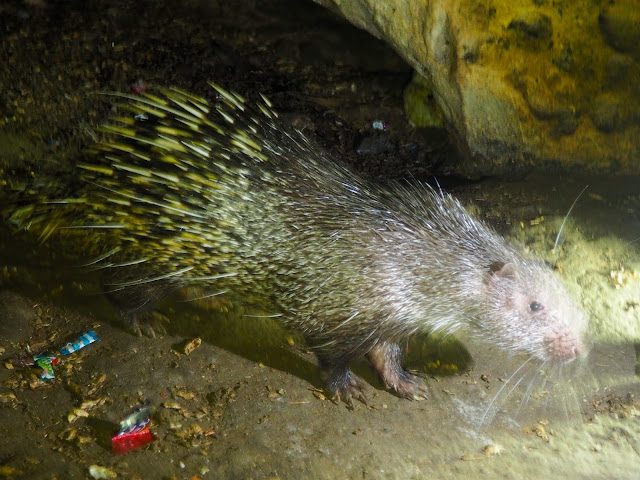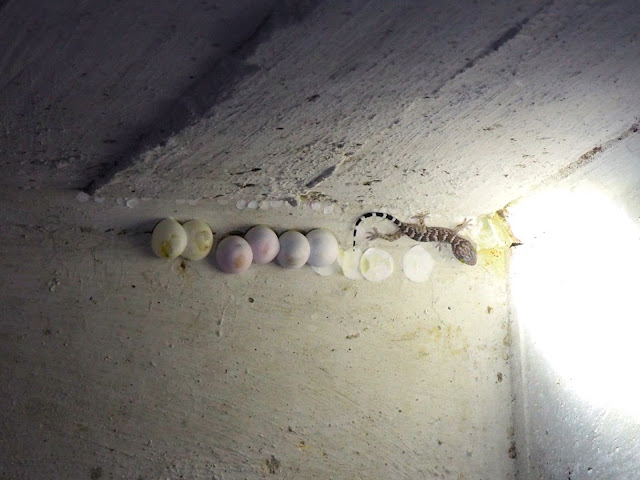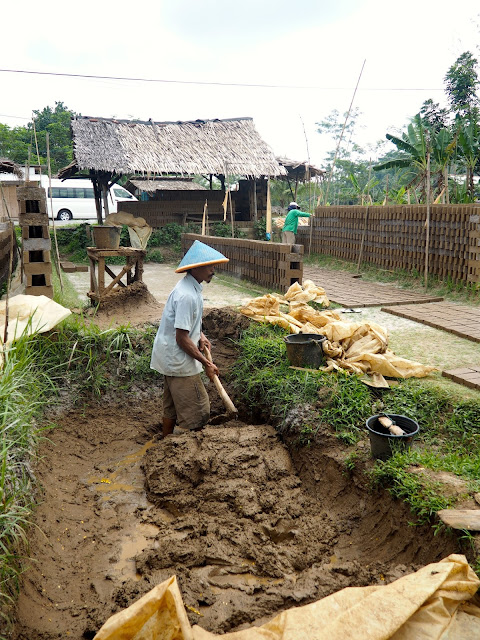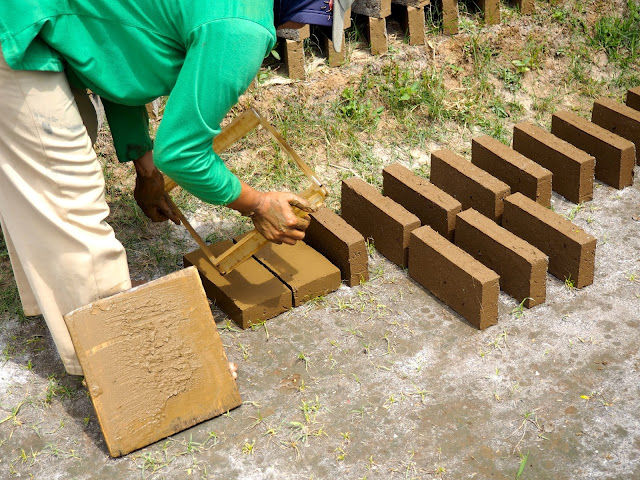
Pangandaran | Java Part 2
We left the bustling busy streets of Jakarta behind and headed to the coast, to the quiet peninsula at Pangandaran. Apparently this town used to be very popular with tourists, but many Westerners stopped going after the tsunami there in 2006, so now the tourism businesses in town live for the weekends and holidays, and the domestic tourists that come to visit then. We were there mid-week, so it was very peaceful for the most part. We took a train from Jakarta to Central Java, then transferred to Pangandaran (in the West again) by minibus, the total journey taking almost 8 hours, but since we’d started early in the morning, it was only late afternoon when we arrived in Pangandaran.
After checking in to the hotel, we walked down to the beach, just to wander around and take a look for an hour or so. Pangandaran actually sits on the neck of a peninsula on the south coast of Java, so there is a beach on either side of the narrow town, but the west side is the only one you can swim at, as the waves are too rough on the east. The larger part of the peninsula, south of the town is a protected nature reserve. The western beach was a long stretch of dark coloured volcanic sand, with dozens of fishing boats pulled up on the sand at the back. The waves didn’t look too rough here, but none of us did more than wade through the waters, not going all the way in to swim. It was certainly the prettiest time of day to visit, with the sun setting over the waters, and we took plenty of photos surrounded by the beautiful scenery – there were also definitely a few locals snapping photos of us too… We walked along the beach for a while too, watching the locals at work and play. Many people were hauling in fishing nets for day, and we watched teams of a dozen or so pulling in the lines, while others loaded the catches into baskets to be weighed. Children darted between them all, playing football or splashing in the shallows, or waving and saying hello to us as we passed them. We sampled the catch of the day for dinner too, as our tour leader took us to a small local restaurant down the road, where we choose our dinners from the crates of seafood being kept fresh in water and ice, though it had all been caught earlier that day. We also had a few drinks afterwards at a bar on the east coast of town, where we could hear the large waves crashing on to the rocks behind us; we could even hear it back in our hotel rooms!
The next morning we headed out on a day trip to some local villages and markets, then later, to the Green Canyon. We went to the market first, which was one of the most confusing mazes of streets I’ve encountered! Here, the local guide for the day, Aep, pointed our various local foods to us, buying a few along the way for us to try. There were different rices at different prices based on quality, strings of huge ‘stinky beans’, and packages of prawn crackers available. There was plenty of fresh meat and seafood too; so fresh that one stall had a cow’s nose and hooves still lying around, and the fish that had been chopped us were raw and bloody – just the sights and smells you want to see at that time of the morning! It was interesting though, and we came away with a bag of snake fruit, named for its scaly texture (different Indonesian islands have slightly different varieties), and some warm, freshly cooked little pancakes. From there, we went to learn more about these ever-so-popular prawn crackers at a home industry. We arrived to see their front garden completely covered in trays of crackers drying out in the sun. Inside the barn behind their house, half a dozen people were helping to make the crackers. The shrimp paste is poured through a machine which prints it out in the pattern of the crackers, then each sheet of crackers is places on a plastic crate. These are stacked up and pushed inside a steamer, for about 40 minutes I think. Then they take them out and put them on the larger wooden trays to take outside to dry in the sun, and start loading up the plastic crates with the next batch for steaming. It was a very efficient process between them all, and we left with a packet of crackers to munch on ourselves.
We went to the village next, which was little more than a collection of tumbledown houses, surrounded by trees and grasses, off the side of the main road. The first thing we encountered there was a gigantic pile of coconuts, which are harvested from the trees growing around the village. The woman living next door showed us how she peels the coconuts, hitting them off a sharp knife stuck on a wooden stand. She cracked open the coconut, and we passed it around to drink the milk and eat the meat inside, though the meat was harder than you would normally eat. I’ve had coconut plenty of times before, but watching her open it up like that was interesting. We carried on through the village, trekking over the rough, rocky ground, ducking past branches and leaves, to find the houses where the local industry is sugar making. We ducked inside one home, where in the space just outside the main building, a pot of sugar was bubbling away over a piping hot fire. This batch was just beginning, and our guide scooped out some of the liquid for us to see and try, explaining that it would take many more hours for it to harden. We also came across an elderly man scaling a palm tree, using the notches cut into its trunk to hoist himself up, to harvest the coconut sap from the very top into the little bucket hooked on to his trousers. We tasted the fresh sap when he descended again, which will then be used to make the sugar. One more house had a pot of finished sugar, and we tasted small cubes of the very sweet, brown, sticky substance. This house also had one more surprise in store for us, when Aep went into a shed and emerged holding a massive fruit bat. He explained that it’s basically a pet, as the family here provide it with this safe shed to sleep in by day, for protection, and it is free to fly away and hunt at night, and returns itself in the morning. Our guide showed us a few more herbs and plants growing around the village, then we finished up by watching a group of women working with the coconut harvest, peeling them completely clean, leaving only the white meat and milk.
Next up was a visit to a puppet carver – we definitely saw a lot of different industries that morning – who creates the traditional wooden wayang puppets. He was extremely talented at what he did, and the level of detail that goes into each puppet is astounding; it takes several days, or even up to a week to make one from start to finish. They are carved from balsa wood, which is very lightweight, to make the puppets easy to move. He showed us how he sketches out the design of the puppet on to the wood, then carves away into it, creating each body part individually, which will alter be joined together with string. The heads have the most detail, especially the Hanuman monkey god head he showed us. The puppets are then painted, and different colours have different meanings; for instance red is aggressive, for demons and villains, while blue and white are the colours of the hero. His wife and sister help with his work, by sewing the costumes for each puppet, which are also bedecked in beads and jewels. He showed us his completed puppets, which were available for purchase, and explained who the characters were; many are from the epic Ramayana story, which originates from India, and has been transferred to other countries through the spread of Hinduism. It is performed in many different styles now, with puppets being just one option, and the puppet carved performed a short extract for us, to show how the puppets were operated.
Our final destination of the morning was the Green Canyon, the name of which becomes obvious when you see its green waters, caused by the rocks around the water. We were lucky to see it green, and in the sunshine, since its currently the dry season in Indonesia, since after heavy rain, the waters often run brown instead. We hopped into little wooden motor boats and cruised upstream, admiring the green waters and foliage around us. The boats had to navigate around the rocks carefully as we sailed into the actual canyon, before stopping in front of the large rock formation at the end; the main part of the canyon can only be accessed by swimming, as there’s no way for boats to go further than this. We clambered over the rocks and jumped into the water, swimming upstream through the deep, bottomless, green water, until we reached the rocks in the centre, where we could rest, take photos, and admire this beautiful, hidden, natural wonder we found ourselves in. The swim back was easier, as we followed the current, even sliding over rocks as it carried us along. On the way back in the boat, we stopped to pick up another boat whose engine had stopped working, towing it behind us. We were also able to move around the boat, going up to the prow in the sunshine, to take some silly photos, surrounded by the beauty of the river. We had one last stop, at a beach nearby for lunch, eating at a restaurant just across the road, from which we could see people trying to surf the waves there.
We returned to the hotel in the middle of the afternoon – it was quite a late lunch, and took about an hour to drive back – and had a short time to take a brief rest, before the optional activity a few of us had chosen to do. We set off with the same local guide, Aep, this time on foot, walking through the town to the nature reserve to the south, which he would walk around with us to show us the local wildlife there. The deer were the first animals we spotted, which was easy, since we’d already seen some of them walking around the town scavenging for food the night before. They were accompanied by a troop of macaque monkeys; every time the guide made his deer call, the monkeys came flocking too! He threw food for them, then coaxed the largest of them, their leader, to sit on the shoulders and head of one of our group members! He continued further into the forest, spotting a couple of squirrels along the way, then came across a flying fox. It was difficult to see, hidden amongst the leaves, so our guide pulled on the roots and vines hanging beside the tree, until the fox took flight, spreading its limbs to glide from one tree to the next, where we could see it perch for a few moments before it disappeared into the branches again. We ventured into a cave next, which was pitch black without our torches, and we had to duck low at first, until it opened into a wider cavern. We waited quietly, as our guide tossed food into the darkness and made animal calls, still unsure of what was about to emerge in front of us. Eventually they scampered out of the dark to gobble up the food; porcupines! The American couple in our group were particularly surprised, as they explained that you avoid porcupines in the States, as they’ll shoot quills at you. These ones seemed harmless enough though, not taking much notice of us as they munched away on the food. We saw a hermit crab too, who tried to take some food too, until one of the porcupines wrestled it back from him!
We emerged out of the other side of the cave, and carried on through the forest – this walk took about three hours in total. We watched some hornbills flying through the trees overhead, though they were too far above us to see very clearly, and my neck hurt from craning upwards after a while! We came across some more deer, and the other troop of monkeys in the area. Our guide showed us how to feed them, as the monkeys would come snatch the food from our hands if we offered in towards them, though you had to be careful to not make eye contact or show your teeth, as these are signs of aggression. It was hard to give the deer much food though, as the monkeys were faster at snatching it up! As it got dark, it became harder to take photos of the animals, but we did still see a few more. A troop of black monkeys scampered around in the trees above us, not as brave as they grey ones we’d been feeding. In a muddy pond, we came across monitor lizards, one of which seemed to run across the surface of the water when we approached, while another swam quietly past, only the head visible. Our guide would shine his torch into the trees, looking for the reflections of eyes, and we saw several mouse deer this way; too difficult to see clearly in the dark, and too timid to approach us, but their eyes shone green, instead of the red of most others. We emerged on a beach on the west side, which had white sand instead of black, and where a large cargo ship was beached on its side, and had been abandoned and never moved. On the final walk back out the reserve, we were able to catch a glimpse of a mongoose on the path ahead of us, which quickly clambered up a tree, and we could just make it out in the branches by torchlight. Finally, we took a look inside a small abandoned shed, where we were delighted to discover a line of geckos eggs in a corner near the ceiling, one of which had newly hatched and was clinging to wall next to its still unborn siblings. I had nearly skipped the nature walk, as I was very tired after the morning’s trip, and I’ve done plenty of nature walks elsewhere before, but I was pleased I went in the end, as there was so much wildlife to see out there!
On the way back to the hotel, we stopped near the beach to see the large tubs of shrimp being brought ashore, and our guide explained that in an hour or two, they would all be sold, mostly to restaurants, at the auction ground nearby. We saw many of them being taken there, the tubs placed in carts attached to bicycles, and driven through the streets. We ate dinner in the hotel that night, and turned in early, ahead of more travelling the next morning. On our way to the train station the next morning, a different, closer one than the one we’d arrived into, we stopped off to see one more home industry. At the side of the road, various small families were at work making bricks. It’s a communal industry, so they sometimes combine their products for firing or for sale to have the correct amount, but each family had their own area. We watched as the husband dug the clay from the ground, mixing it with some water to get the right consistency, and his wife poured it into the plastic mould and laid out the bricks on the ground to dry in the sun. After drying, they stack them up into a huge pile, with spaces left inside, where they light fires to burn the bricks and make them hard; the ones that get too burnt have to be sold at a lower price later.
It was interesting to have seen so many home industries in the area, and shown people’s ingenuity at starting up their productions in their own homes; many combine their industries with other work, to have multiple income sources, especially if some work is seasonal or dependent on demand. Combine these fascinating glimpses into local life with the beautiful scenery of the area, and the diverse wildlife in the reserve, and there was certainly no shortage of interesting things to see in Pangandaran!

Jakarta | Java Part 1
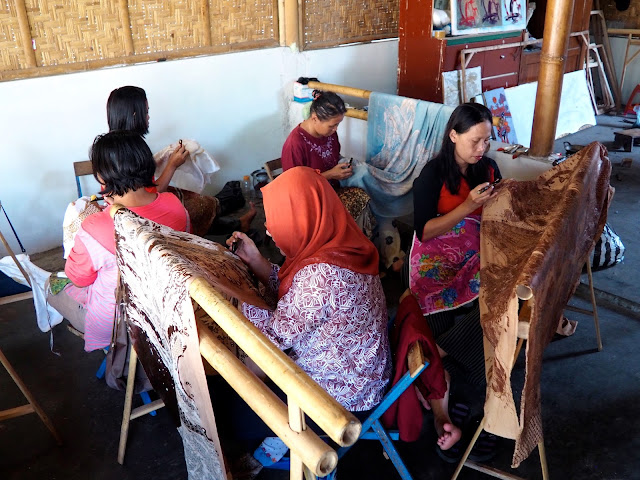
Yogyakarta | Java Part 3
You May Also Like
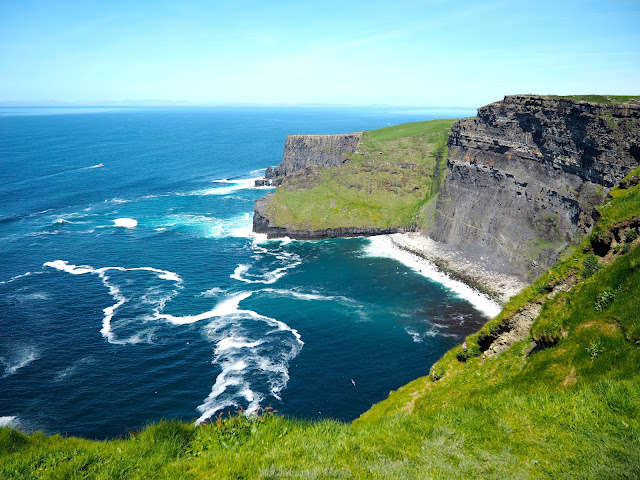
Cliffs of Moher Day Trip | Ireland
31 May 2018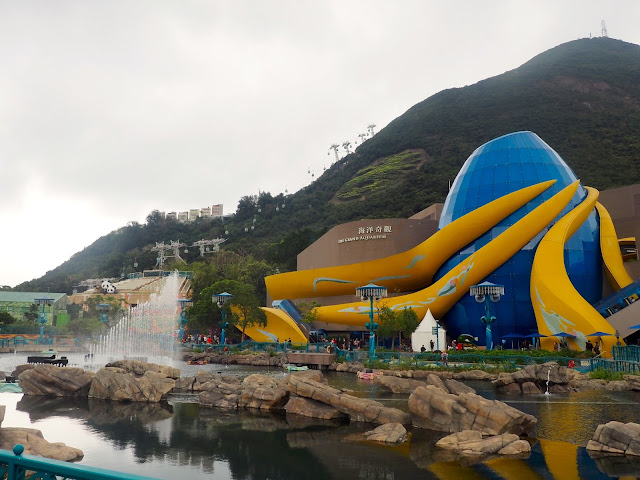
23rd Birthday – Ocean Park Round 4
15 March 2017